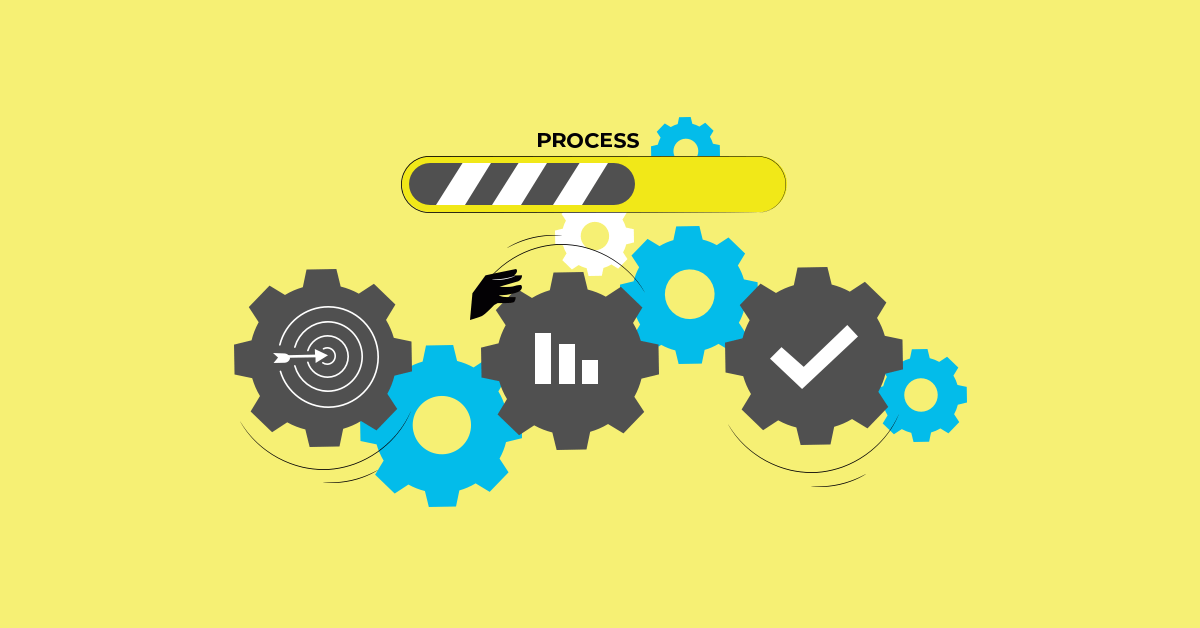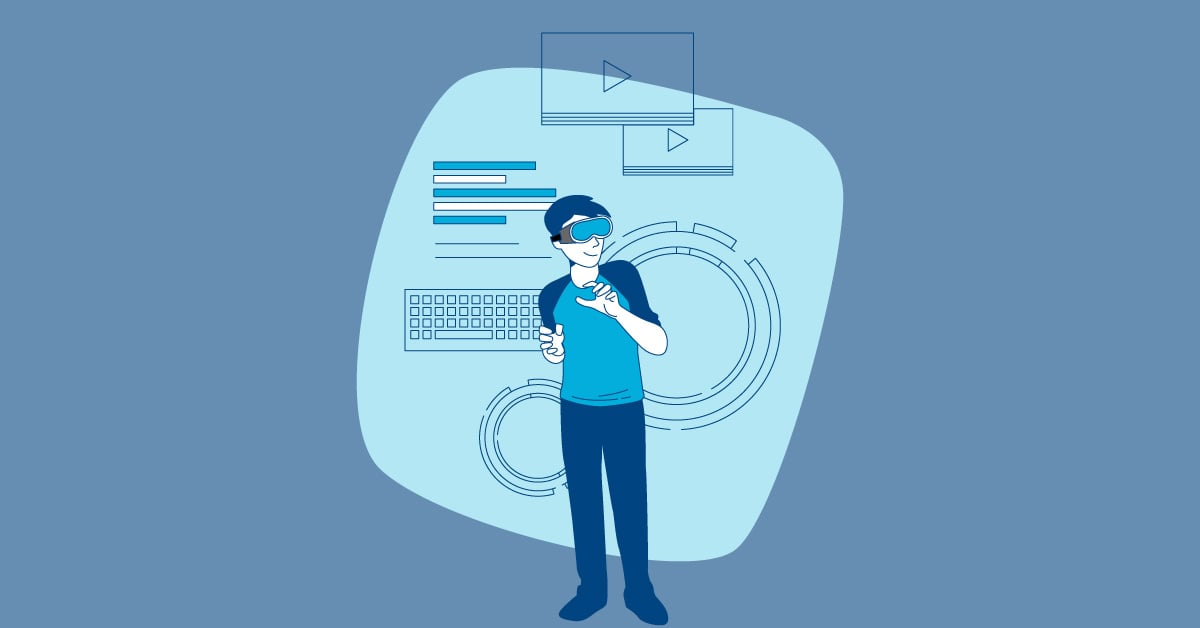Running a test cycle is much easier when you have effective testing tools. Here’s everything you need to know about effective software testing.
Much research has been conducted to identify the causes of software failures. One of the leading causes of these failures is poor quality assurance during the development process.
The purpose of running rigorous software quality assurance tests is to prevent the release of any faulty or poor-quality products. However, small mistakes can still slip through, no matter how precise the software development process is. These mistakes cause glitches and errors that may impact user experience.
In this post, we discuss the Software Testing Life Cycle and STLC phases. Keep reading to discover the best tool to run test cycles for smooth and successful new releases.
Software Testing Life Cycle (STLC)
Picture this: you pick out a ripe peach that looks done from the outside, but when you bite into it, you find out it’s gone bad from the inside. So unless you bite into it, you wouldn’t know the quality of the peach.
A Software Testing Life Cycle works in a similar way. It is a sequence of activities during software testing to ensure quality software, which leads to better results. It involves strategizing, planning, and executing test cycles to make recommendations for improvement.
Why is STLC important? The test cycles detect errors, glitches, and other software defects so the developers can fix them before release. It also detects any software vulnerabilities which might make the product prone to threats.
STLC vs Traditional Quality Assurance (QA)
Every organization wants to present a perfect end product to the customer. However, back in the day, testing wasn’t a part of the Software Development Life Cycle (SDLC).
The traditional Quality Assurance (QA) testing happened right before the product release to ensure the product didn’t contain any defects that would impact its functionality.
However, as digital products saw advances and more complexity, with new releases of software and apps every so often, the tests evolved as well.
We know that glitchy or lagging software has the power to upset customers like nothing else. Therefore, organizations started to include testing in their SDLCs, and it soon became an essential part of every enterprise.
The test cycles include:
- testing of a software product or system
- understanding development objectives and meeting quality requirements
- finding bugs and errors in the product and reporting them to the development team
STLC yields more valid and comprehensive results than traditional QA testing, which happens after product development is completed. It helps organizations make changes in the product for increased customer satisfaction, resulting in increased revenue.
The test cycles conducted during development stages can act as an opportunity to discover key insights that are likely to benefit businesses in the long term as well.
What Is the Purpose of Test Cycles?
Since STLC is a series of specific actions performed during the testing process, it has various stages, such as planning, execution, standardization, etc.
The STLC and SDLC processes are closely related but have different purposes while moving towards the same goal. The objectives of STLC measures include:
- Removing product errors at the earliest stage of development
- Improving the quality of the SDLC
- Influencing scaling frameworks like SAFe
- Delivering quality to clients and enhancing user experience
Six Phases of STLC
As we have already discussed, the Software Testing Life Cycle is a series of activities performed during the software development process to meet quality objectives.
STLC starts right after the requirements of the software products are shared. It is an integral part of SDLC, but it consists of testing phases.
Each testing phase helps achieve the end goal – a high-quality software product. Therefore, every test cycle has its own purposes, all aiming to remove defects.
The six main test cycle phases are as follows:
- Requirement Analysis
- Test Planning
- Test Case Development
- Test Environment Setup
- Test Execution
- Test Cycle Closure
Keep reading for an in-depth analysis of these test phases and their role in software testing.
Requirement Analysis
Requirement analysis is the most basic and most important phase in which the test team studies project requirements to identify test types and priorities to be performed. The software requirements include both functional and non-functional specifications, providing opportunities to test and validate.
This is also when the team identifies the need for test automation and makes economic calculations. This phase aims to complete the RTM document, the automation feasibility report, and a list of questions for the stakeholders (if applicable) to obtain more specific requirements.
Test Planning
In this phase, the team prepares a plan of all the phases of testing, timing, participants, and roles. Moreover, the resources, test environment, test limitations, and testing schedule are also determined at this stage.
The goal of his phase is to finalize:
- test plan
- participants’ responsibilities
- necessary testing tool
- estimated test effort
- required testing environment
- test case development
Test Case Design and Development
Once the test plan is in place, the next stage begins by writing, creating, and verifying complex test cases and test scripts. In this phase, the test team adds more details to the structured tests they will run on the product.
Test development involves the use of manual and automation testing of software functionality based on set requirements. While the goal of the phase is to validate functionality within the provided time and scope, it is up to the testers how they achieve these goals. The aim remains to validate the products based on the requirements.
Test cases also require updates over time to validate functionality, which occurs at this stage. The test cases should be reliable (repeatable), so developers can rerun the tests when they upgrade the product. Once the test cases are designed, a test team goes over them and organizes them into test suites.
Test Environment Setup
The test plan determines the servers, frameworks, hardware, and software requirements for different performance levels. In this phase, the team understands the minimum requirements and sets up test environments for executing developed test cases.
It is necessary to smoke test and equip the testers with bug-reporting tools. The final goal of this phase is to complete a strategy for test environment management.
Test Execution
In the test execution phase, the testers execute the tests as planned in a correctly configured test environment. Finally, all the tests are recorded; the negatively passed tests are recorded as errors and transferred to the development team for revision.
The deliverables of this phase include completed RTM with execution status, test results, and defect reports.
Test Cycle Closure
The final stage of STLC is test closure, which is the generation of testing reports. Ideally, it should include the duration of testing, total errors found and fixed, and the percentage of errors to positive test results.
The testing team sums up the results and analyzes its productivity at this stage. The team also checks its deliverables, test case documents, and automated test results.
Software Test Automation
Implementing test automation and maximizing test coverage can speed up and improve a software testing process. If you want to run the testing effectively, you can use a software testing tool like MuukTest, a codeless test automation platform with 20x faster testing.
MuukTest can help create, execute, and manage your testing activities without the hassle of manual interaction. It allows the QA teams to structure and manage the testing process and create execution reports, no matter their test automation experience.
Simply install the application, and you are good to go. With just a few clicks, your tests will be ready for execution.
Conclusion
The Software Testing Life Cycle is a set of measures to understand the state of a system and make recommendations for improvement. The test cycles catch defects and ensure a smooth user experience.
Software test automation tools can help speed up the whole process by helping you run smooth test cycles and producing instant reports. This test automation tool is worth considering to save time and increase productivity.




%20(1).png?width=150&height=69&name=MuukTest-logo---light-background%20(3)%20(1).png)
